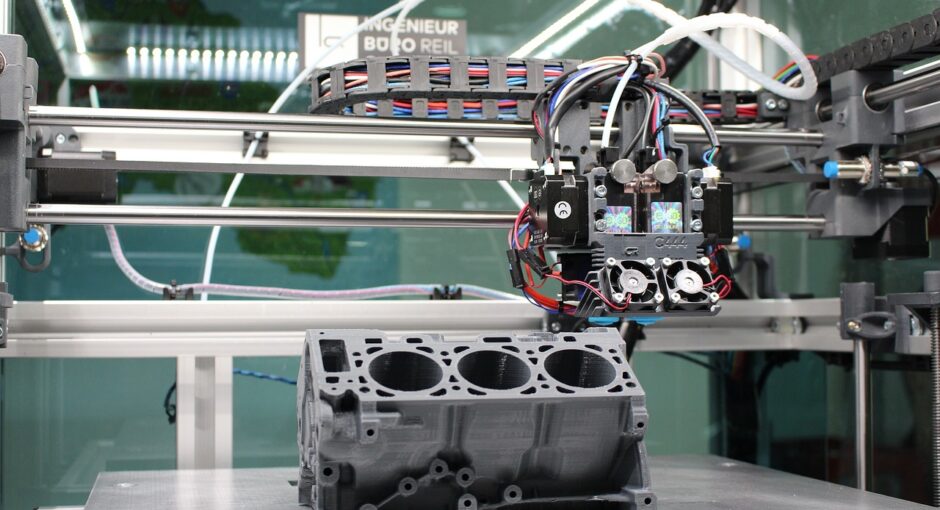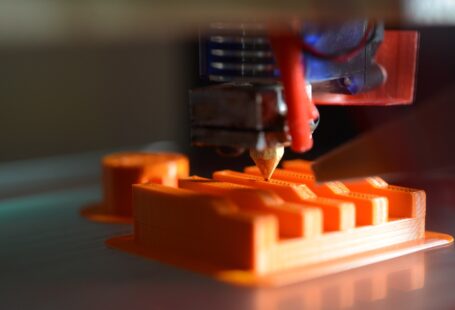The world of 3D printing is growing rapidly, and with it comes an increased focus on sustainability and resource conservation. As 3D printing becomes more popular, the amount of waste generated by the process is increasing. It is important to consider how 3D printing materials can be handled in a responsible and sustainable way.
Types of 3D Printing Materials
3D printing materials come in a variety of forms. The most common types of materials used in 3D printing are plastics, metals, and composites. Plastics are the most commonly used material due to their low cost and ease of use. Metals, such as aluminum and steel, are also popular in 3D printing due to their strength and durability. Finally, composites are a combination of two or more materials, usually plastics and metals, which offer a unique combination of properties.
Recycling and Reusing Materials
The most sustainable way to handle 3D printing materials is to recycle or reuse them. Recycling involves breaking down plastic and metal materials into their base components and then reusing those components in new products. This reduces the amount of materials that need to be produced and wasted. Reusing materials is another great way to conserve resources. This involves using the same materials multiple times in different projects. This reduces the amount of waste generated and increases the lifespan of the materials.
Composting and Biodegradable Materials
Composting is a great way to handle 3D printing materials in a sustainable way. Composting involves breaking down organic materials, such as plastics, into compost that can be used to fertilize soil. This reduces the amount of waste going to landfills and allows the materials to be used in a productive way. Additionally, biodegradable materials are becoming increasingly popular in 3D printing. These materials, such as PLA and ABS, can be broken down by microorganisms, allowing them to be used safely and sustainably.
Reducing Waste in 3D Printing
In addition to recycling and composting 3D printing materials, there are other ways to reduce waste. Using filaments that are made from recycled materials reduces the amount of new resources needed to produce the materials. Additionally, using 3D printing techniques that require less material, such as selective laser sintering, reduces the amount of waste generated. Finally, using closed-loop 3D printing systems reduces the amount of waste generated by the process.
Conclusion
3D printing is a rapidly growing industry and it is important to consider the sustainability of the materials used in the process. Recycling and reusing materials is a great way to conserve resources. Composting and biodegradable materials are also great ways to reduce waste. Finally, reducing the amount of materials needed and using closed-loop 3D printing systems can help to reduce the amount of waste generated. By implementing these strategies, 3D printing can become more sustainable and resource-efficient.





